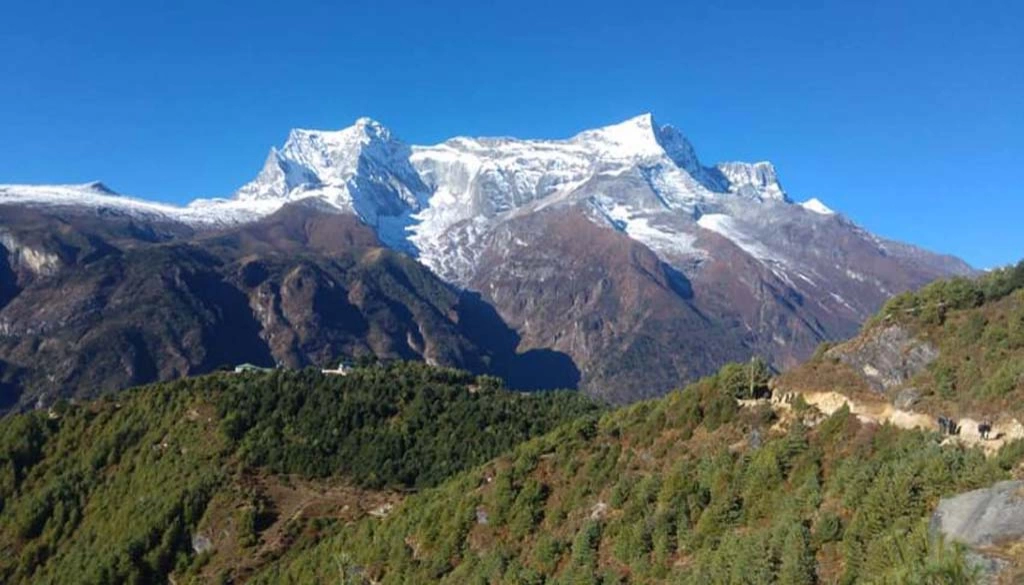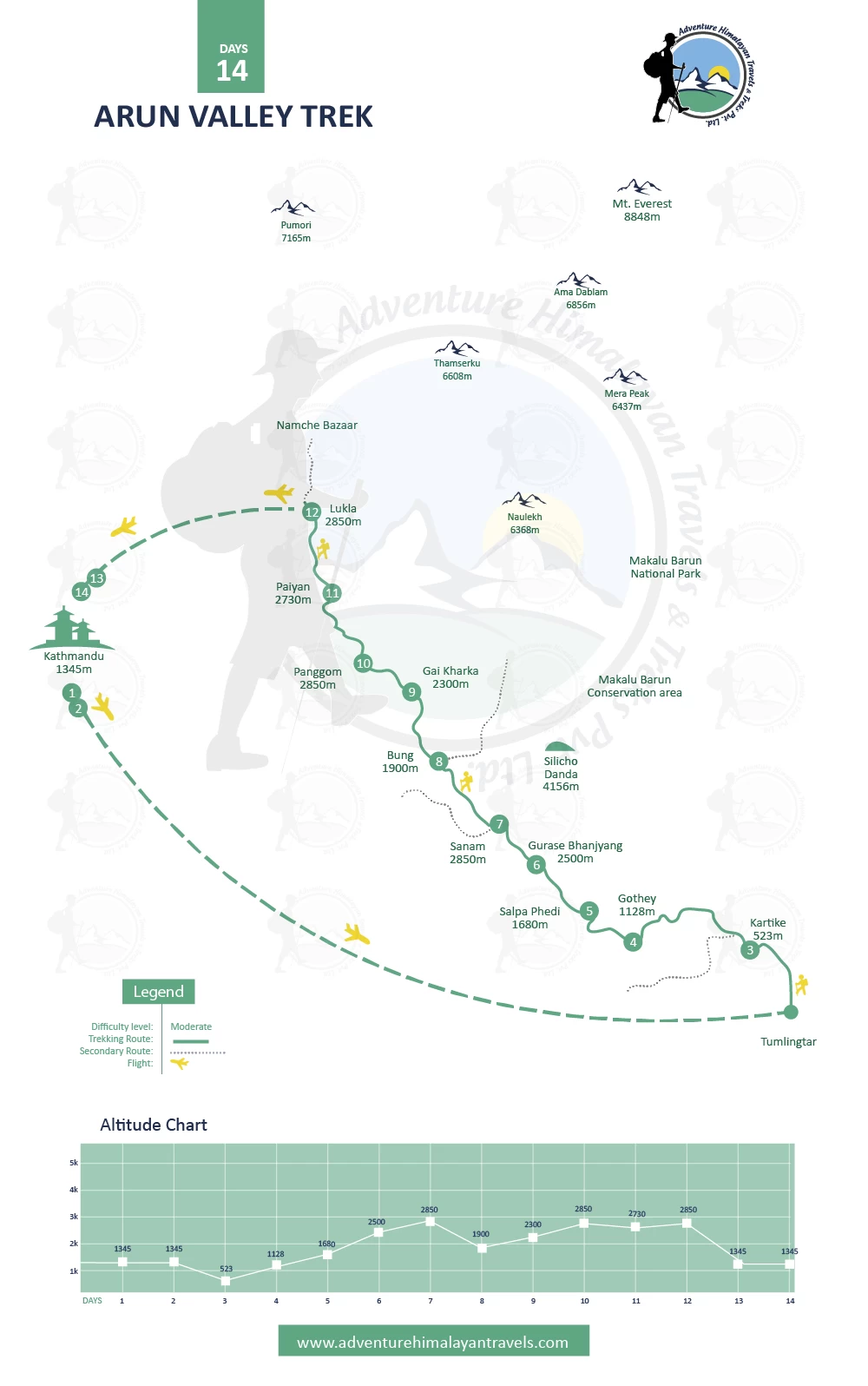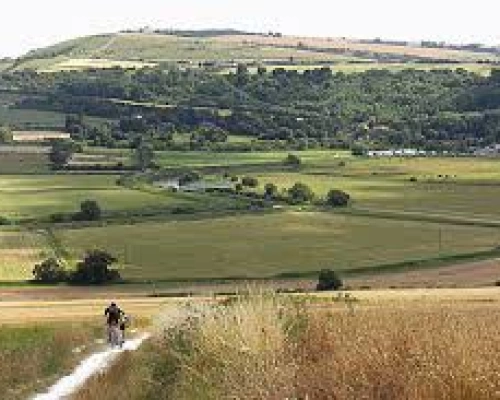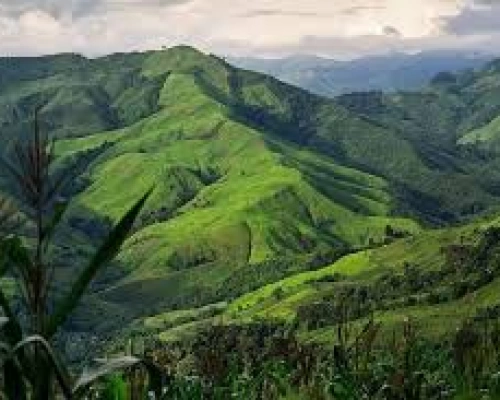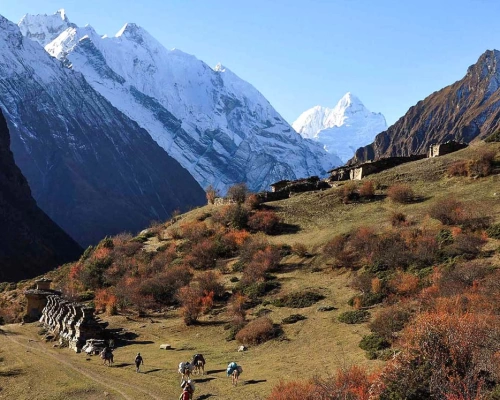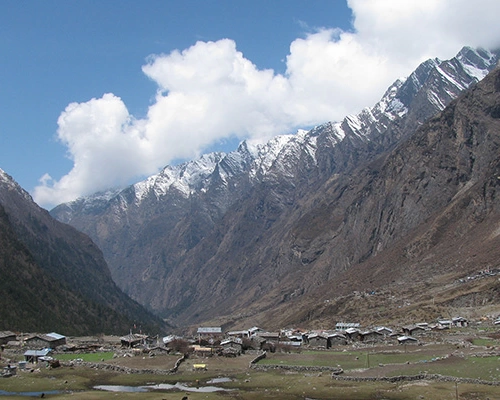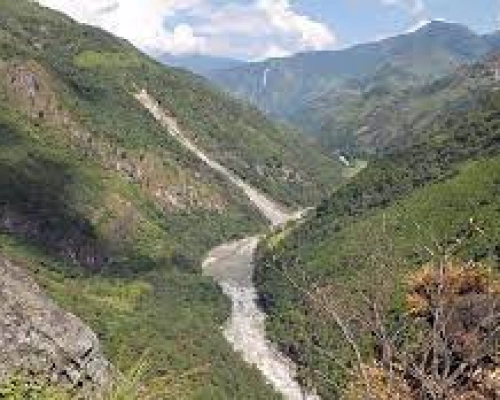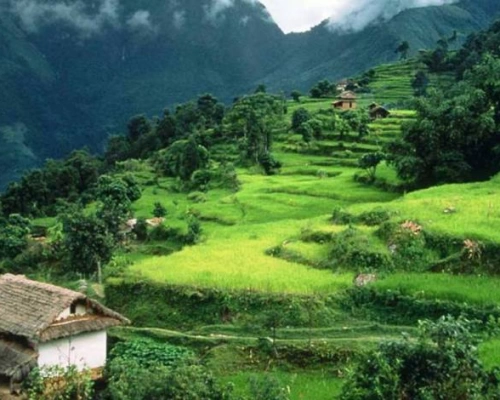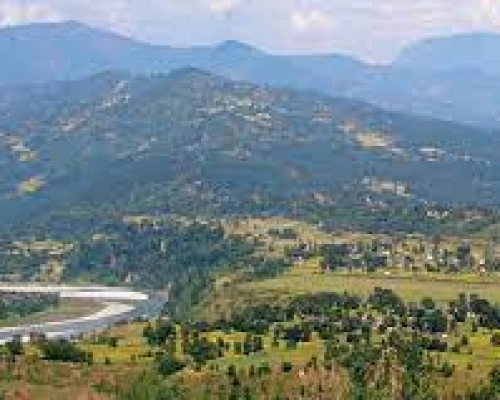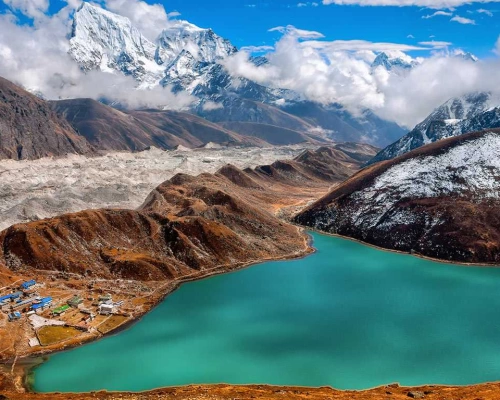The Arun Valley Trek is a fantastic adventure between the top of the world, Mt. Everest/Sagarmathna, and the Makalu Barun National Park in the eastern Himalayan region of Nepal, following the glacial Arun River. Originating straight from the Tibet autonomous region, the Arun River fosters diverse landscapes, cultures, flora, and fauna, including the Arun Valley Civilization, while you meander around the peaceful trekking trail in comparison to some other widely popular Himalayan jaunts such as the Everest Base Camp, Annapurna Base Camp Voyage, Annapurna Circuit Expedition, and others.
The trekking journey to the Arun Valley is through the alluring Himalayan scenery predominated by the spell-binding views of Mt. Everest, Mt. Makalu, Mt. Baruntse, Lhotse, Ama Dablam, Thamserku, and others, sheltering not less than 650 species of birds and 800 species of butterflies, and home to some of the elusive Himalayan wildlife such as red panda, snow leopard, Himalayan Tahr, and many more, away from the chaos of everyday modern life.
The thrilling route winds its way through the verdant Arun Valley with several remote Himalayan villages that meet up with the main Everest Trail, both blessed with rich biodiversity and remarkable landscapes. The common starting point for this trek to the Arun Valley is Tumlingtar, which is approximately 500 km (310 miles) by road and gives you access to the orchids and other flowers, dense forests teeming with wildlife, terraced farms, and fields cultivated by the local communities with the large population of the Rai and Sherpa ethnic groups.
The voyage then gradually ascends, revealing the panoramic views of the snow-capped giants observing the mixed vegetation showcasing the raw Himalayan wilderness, which blends well with the cultural heritage, including the sacred Salpa Pokhari, treasured by locals as the adobe of god and goddess. Therefore, the Arun Valley Trek is a unique golden chance to discover the hidden gems of the eastern region and its unspoiled glory, which you must add to your bucket list for 2024/2025.
What to expect during the Arun Valley Trek?
Starting from Tumlingtar, the adventurous odyssey to Arun Valley traverses the Makalu Barnu Conservation Area that simultaneously leads you to Hinku Valley to arrive at one of the UNESCO world heritage sites in Nepal, the Sagarmatha National Park, and its infamous Khumbu Valley, which flourished on the bank of the Dudh Koshi River.
Along the trekking route to Arun Valley, trekkers and travelers get to visit the remote villages, initially Brahmins and Chhetris in the lower region, then Rai and Sherpa in the upper Himalayas, experience their warm hospitality, and get enlightened about their traditional customs, lifestyles, and festivals, which come together as core elements to make the whole jaunting extremely unique and special, as explained below:
The Arun River and its ultimate tranquillity
One of the major features of the Arun Valley Trek is the Arun River itself, which touches even the trans-Himalayan region of Nepal, is characterized by some of the greatest snow and ice in any Nepalese river basin, and has made a massive contribution to the Sapta Kosi River System as an epitome of ultimate serenity in the heart of the sky-towering Himalayan ranges.
The river leaves the Tibet region at an altitude of about 3,500 m/11,500 ft, carving its way through the Himalayas, while the gentle sound combined with the symphony of chirping birds and rustling leaves creates a serene ambiance, enhancing the overall trekking experience in the Arun Valley.
The crystal-clear, pristine water system river banks are dotted with quaint and remote villages surrounded by lush forests. Terraced fields offered by the local Rai and Sherpa living in harmony with nature add much to the region's cultural richness in the preexisting peaceful and soothing environment throughout the journey to the Arun Valley.
A unique cultural experience of the Rai and Sherpa People
The Arun Valley Trek passes through several villages inhabited by numerous ethnic communities of the country, including the Rai, Limbu, and Sherpa, promising a unique cultural engagement as you interact with them on the way, especially the Rai and Sherpa, which have a comparatively larger population.
The Rai community is renowned for its rich traditions, vibrant festivals, culture, and customs. They are usually eager to welcome guests warmly into their homes to experience first-hand homestays and tea houses and are happy to provide you with an insight into their agrarian life.
Similarly, the Sherpa people are famed worldwide for their unparalleled mountaineering skills, Buddhist heritage, spiritual practices, and rich historical backgrounds. Visiting ancient monasteries, chortens (stupas), adorned with prayer flags and mani stones en route to the Arun Valley, provides you with a deeper understanding of their religious devotion and the Himalayan way of life, while the majority of them are still engaged in the traditional way of livelihood: agriculture, animal husbandry, local trade and commerce, and tourism over the years.
These indigenous people of the Himalayas also celebrate various distinctive local festivals that you can witness, and on your lucky visit during autumn, particularly, you can get to be a part of it, allowing for a profound connection, cultural exchange, and authentic experiences that you will get to enjoy to the fullest during the Arun Valley Expedition, adding much to appreciate.
The transformative journey through the Salpa Pokhari and Salpa La Pass
On the Himalayan voyage to the Arun Valley, Salpa Pokhari and Salpa La Pass serve as some of the significant landmarks possessing the essence of the entire Arun Valley, crossing through where there is not only physical and mental but also spiritual achievement. Situated at an altitude of 3,350 m, Salpa La Pass is one of the high-altitude mountain passes that connects the Arun Valley to Makalu Barnu National Park as a gateway.
The ascent to the pass is demanding and challenges your physical endurance level and determination as you traverse through diverse terrains, usually rugged, including densely forested paths that reward you with the greatest of the Himalayan sights, including that of Everest, Makalu, and Kanchenjunga, and the sweeping vistas of the green river valleys below.
Nearby the Salpa La Pass lies the sacred lake for the communities previously for Hindus and Buddhists, both mostly revered by the Rai and Limbhu people. At an elevation of 3,446 m, it is the Salpa Pokhari. Situated amidst the lush rhododendron forests and stunning mountains, it is a spot for spiritual reflection and meditation. The locals believe the lake to possess divine powers, so it receives a huge number of visitors during festivals and special occasions to seek blessings.
Both Salpa La Pass and Salpa Pokhari evoke the true spirit of adventure during the Arun Valley, which combines natural splendor with spiritual enrichment, each offering a unique experience through the country’s diverse landscapes and culture.
One of the less traversed and remote trekking trails of the Nepalese Himalayas
Unlike the more popular Everest Base Camp Trek, Annapurna Circuit Tour, or Annapurna Base Camp Hike, the trekking route to the Arun Valley sees only a handful of trekkers, offering a more secluded and peaceful experience, which means vastly untouched Himalayan landscapes, pristine natural environments, and unspoiled ecosystems in remote areas.
The remoteness means that the Arun Valley Trekking Region still features untouched local traditions and lifestyles that have been transferred from generation to generation, while the less frequented nature of the trekking trail allows for a more personalized and flexible trekking experience miles away from the hustle and bustle of every day crowded other popular routes.
The rich biodiversity and breathtaking landscape of the Kanchenjunga and Makalu Conservation Area
The trek to the Arun Valley traverses through two of the natural havens of the country: the Kanchenjunga Conservation Area and Makalu Barun National Park, with their abundance of lush forests, river valleys, and swanky biodiversity, including rare plants, animals, and birds, along with diverse ecosystems ranging from subtropical to alpine forests.
Bordering India’s Sikkim state and Tibet in the eastern part of Nepal is the Kanchenjunga Conservation Area, stretched around 2,035 km, ranging from 1,200 m to 8,586 m to the summit of Kanchenjunga, the third largest peak in the world. The conservation area boasts some of the most thrilling hiking routes, including the Kanchenjunga North Base Camp and the Kanchenjunga South Base Camp.
On the other hand, the Makalu Barun National Park adjoins the Arun Valley to the Sagarmatha National Park, encompassing an area of 1,500 km with buffer zones only spread around 830 square kilometers, ranging in altitude from 435 m to the summit of the fifth highest mountain peak in the globe, Mt. Makalu (8,481 m).
Therefore, both of these national parks and conservation sites are integral parts of the Arun Valley Trek, which has greater chances of you getting to spot endangered species like snow leopard, red panda, Himalayan, and Asian black bears in the dense woodland of rhododendrons, orchids, and other numbers of trees, herbs, and suburbs that are also home to various species of birds like the Satyr Tragopan and Impeyan pheasant.
The 14-day itinerary and trekking route to the Arun Valley
The 14-day itinerary to the Arun Valley begins right from your landing at the Tribhuvan International Airport (TIA) in the capital city of Nepal, Kathmandu, while you use the second day for sightseeing in the heart of the country, the Kathmandu Valley itself, which is home to seven of the UNESCO world’s heritage sites, to let yourself adjust to the Nepalese air and environment.
Then, the official journey to the Arun Valley begins with a flight to Tumlingtar and walking on foot as you notice more gorgeous and heartwarming sides of the region, followed by Kartike, Gothey Bazaar, Salpa Phedi, and Gurase Bhanjyang, where the crossing of Salpa La Pass at 3,350 m and a visit to the holy Salpa Pokhari can be a humbling moment traversing through dense forests with the everlasting glimpse of Mt. Everest, Makalu, Lhotse, and others at the center of the Kanchenjunga Conservation Area and Makalu Barun National Park.
Thereafter, the 14-day trekking route to the Arun Valley is mostly descending through Sanam, Bung, Gai Kharka, Pangam, and Paiyan until you arrive at Lukle to board a flight back to Kathmandu.
This 14-day itinerary and trekking route to the Arun Valley assures you an optimal blend of adventure, natural beauty, cultural richness, and biodiversity, allowing thorough acclimatization, exploration, and discovery of both the Kanchenjunga Conservation Area and the Makalu Barnu National Park; hence, it is considered one of the best off-beaten authentic and transformative trekking routes, even for the years 2024 and 2025.
The 14-Day Arun Valley Group Trek Cost 2024/2025
Although the prices for the trekking package to the Arun Valley can fluctuate significantly based on the trekking company, size of the trekking group, level of service, and trip season for 2024-2025, like usual, multiple trekking and travel organizations in Nepal, such as Adventure Himalayan Travels and Treks, offer a group discount as follows:
- USD 2,220 for 1 pax.
- USD 1,775 for 2-3 pax.
- USD 1,675 for 4-6 pax.
- USD 1,575 for 7-10 pax.
For a more special discount price on groups of more than 10 members, contact us now!
